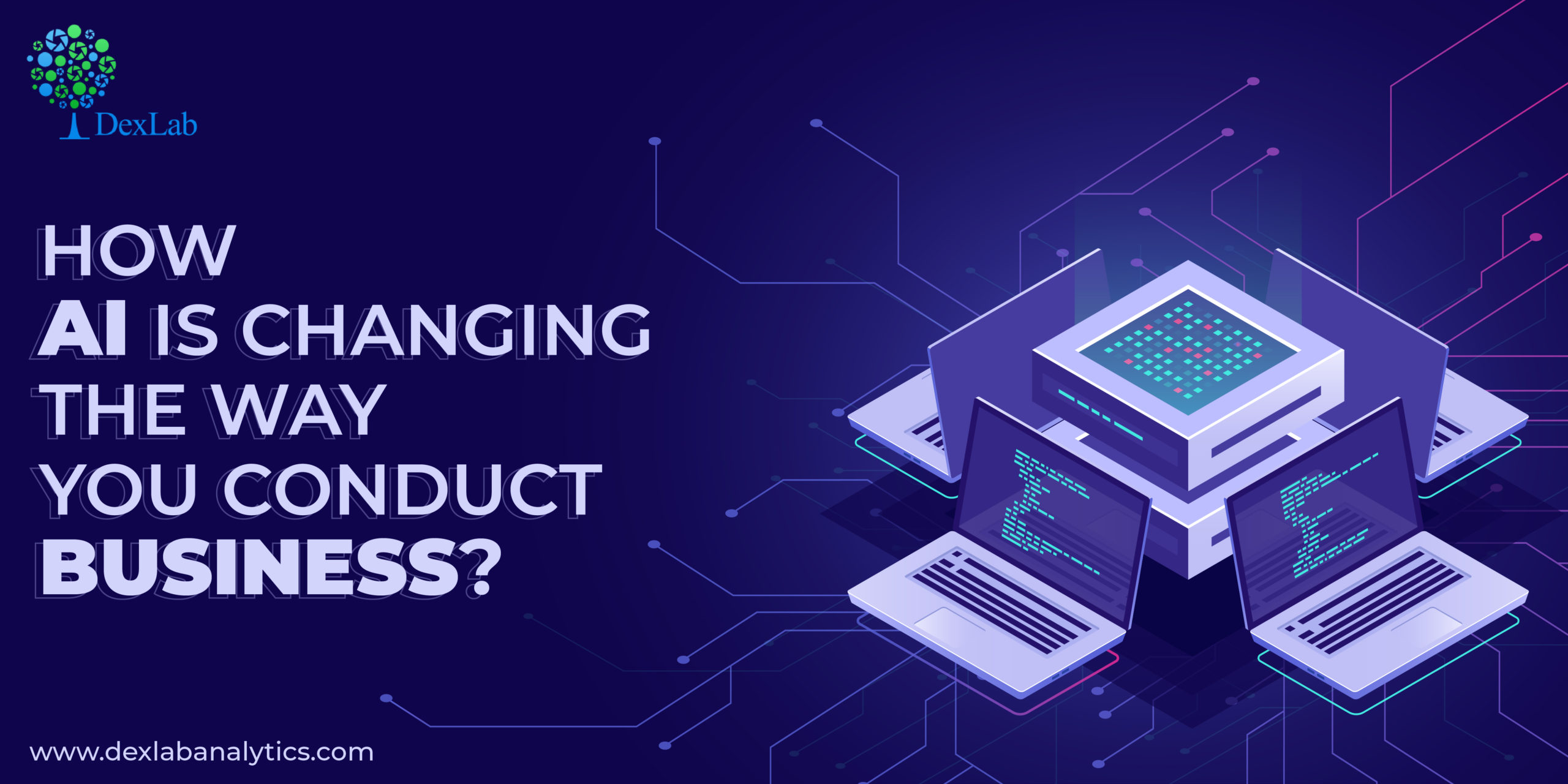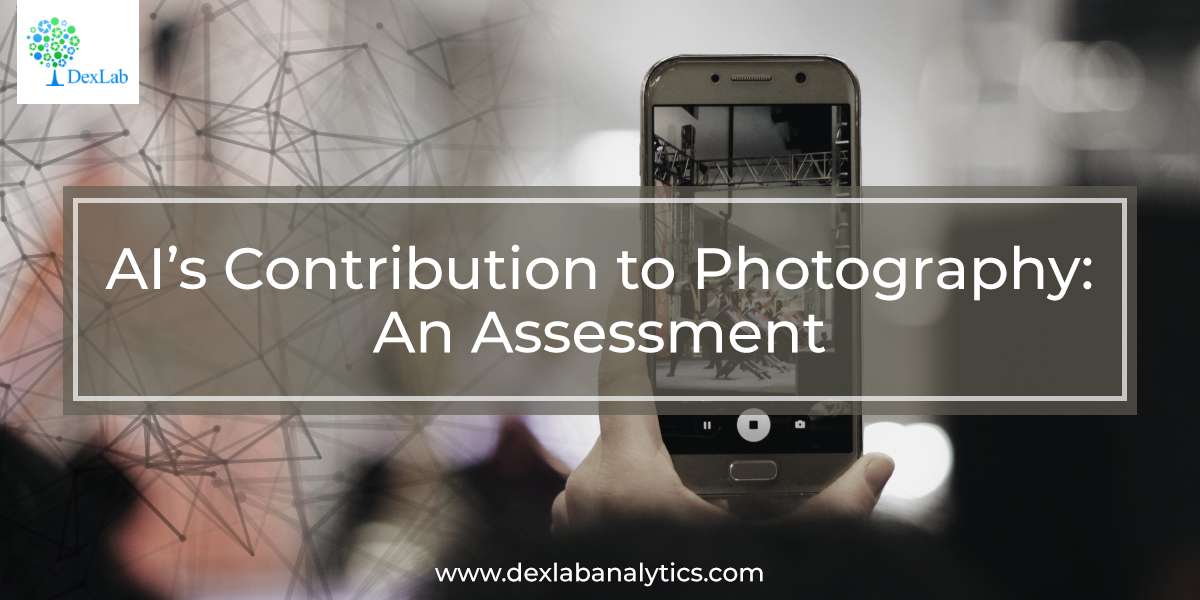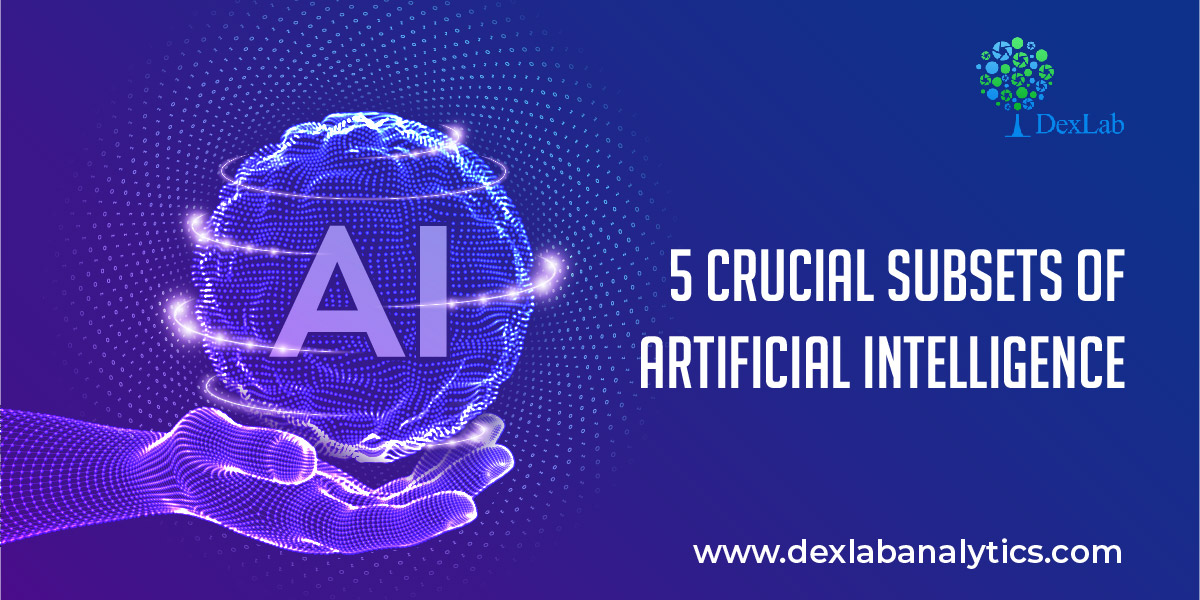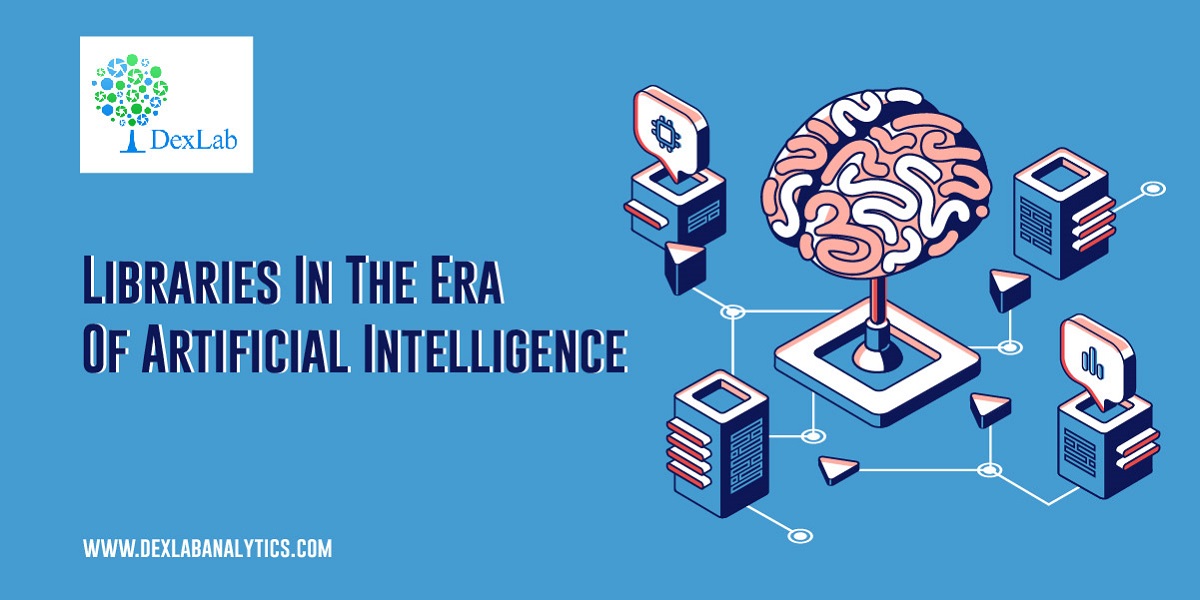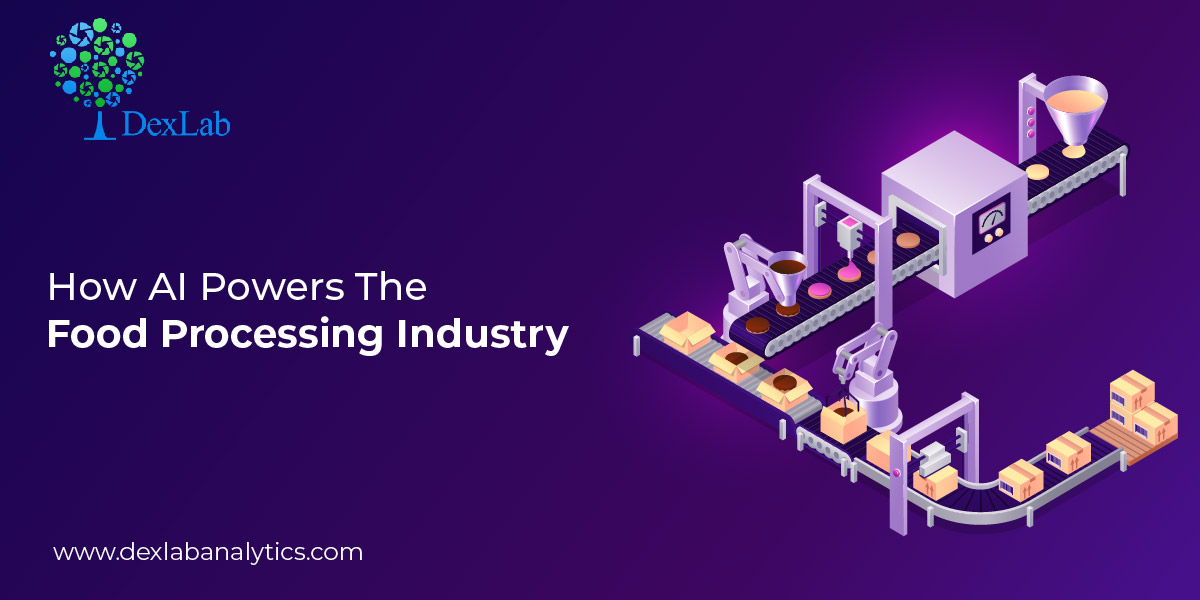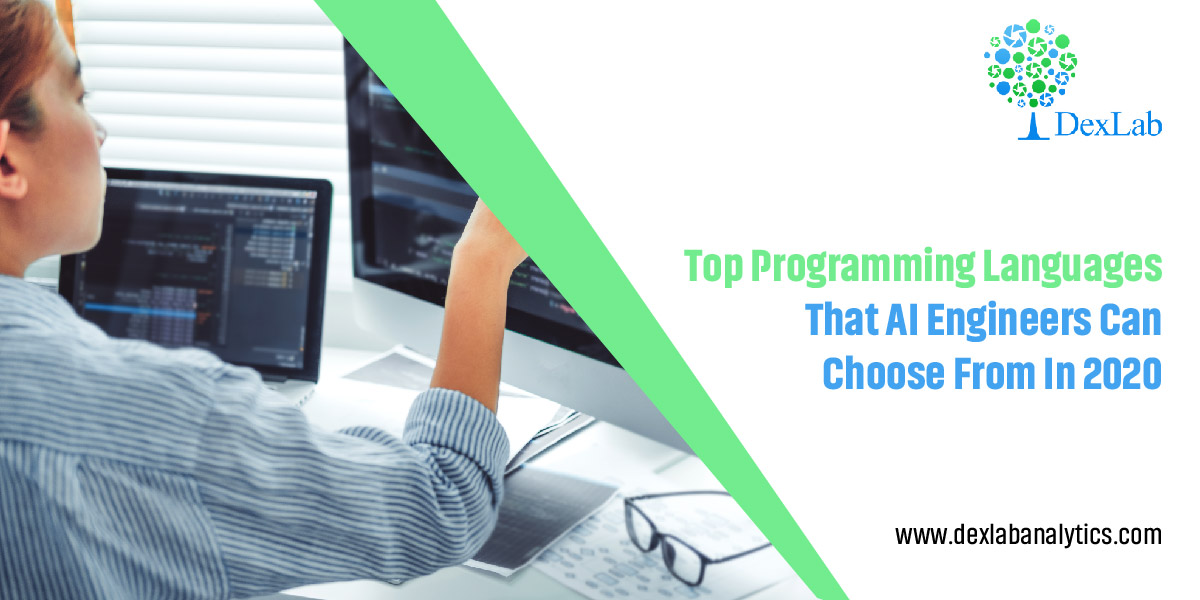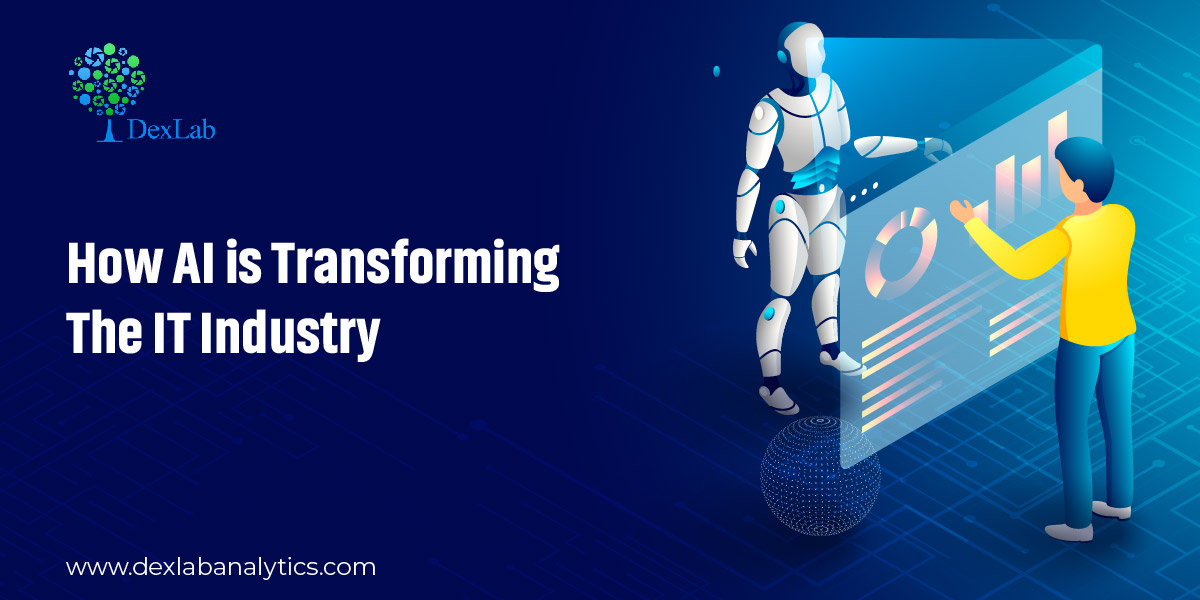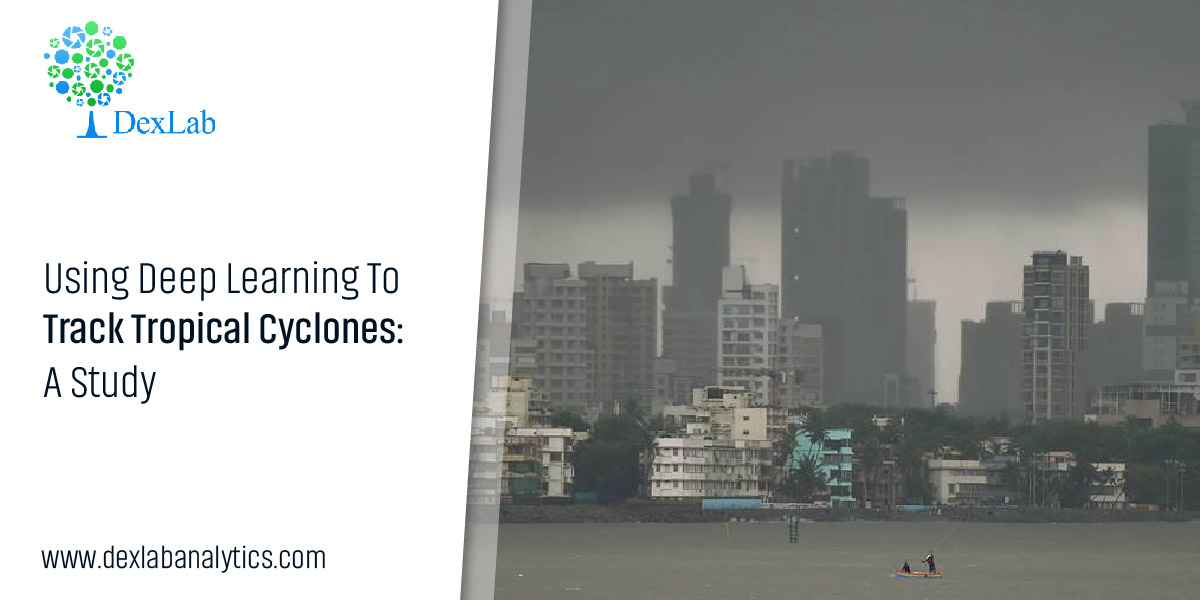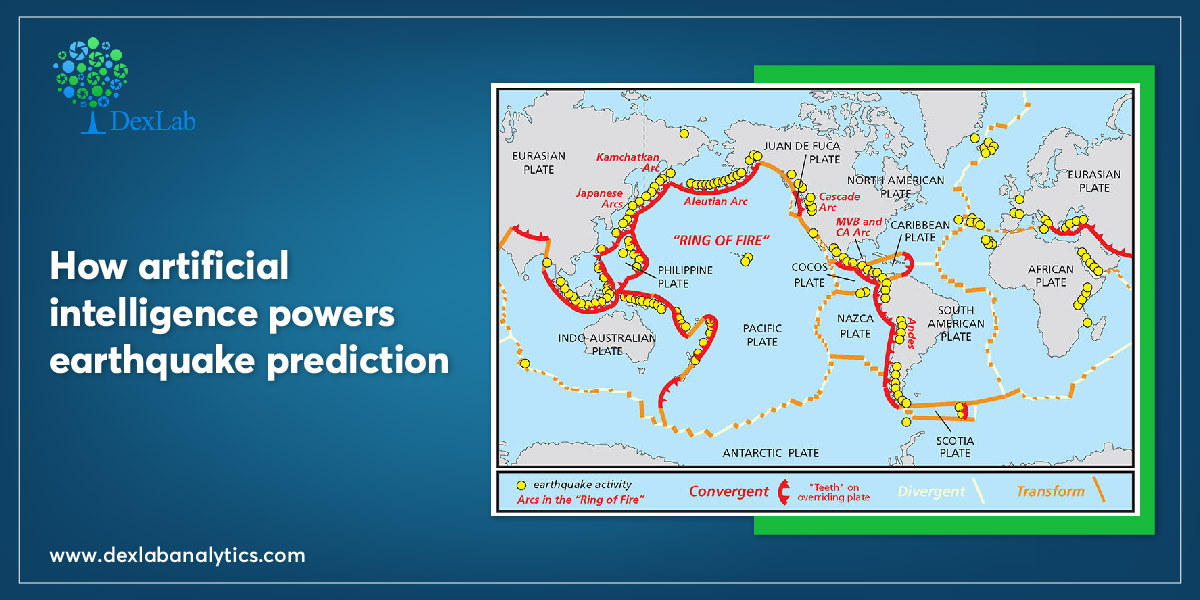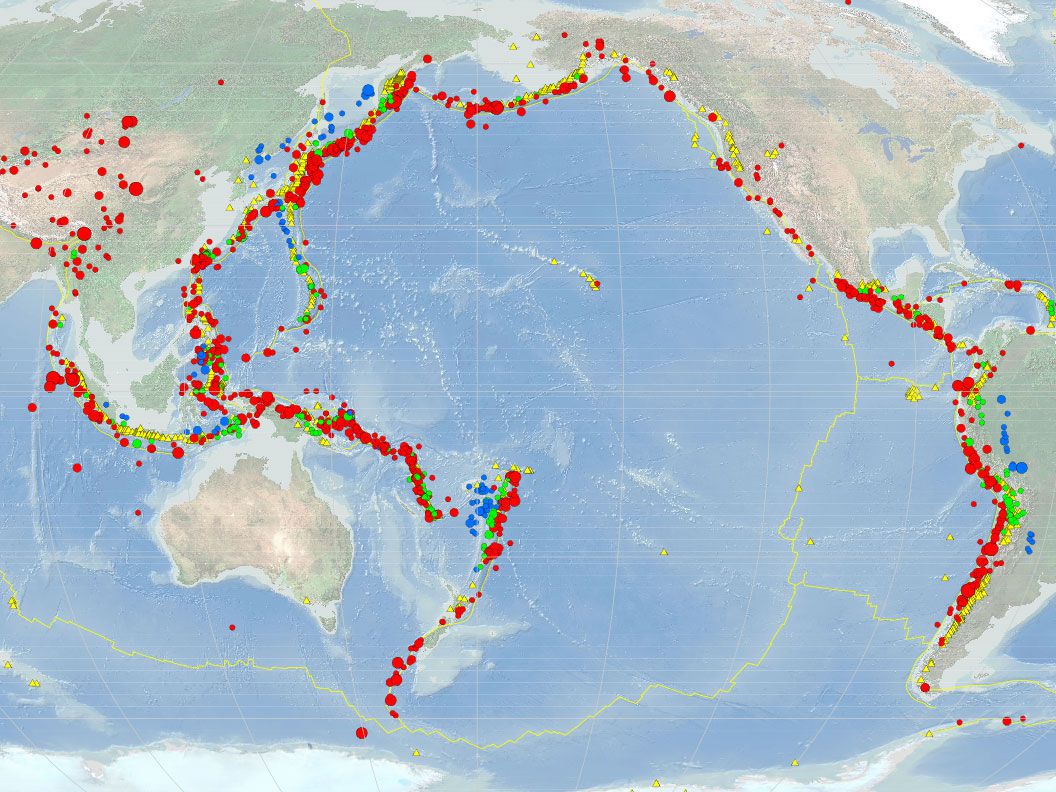In the pages of sci-fi, we find a world that is completely driven by AI, but, we no longer have to wish for a dystopian world to become a reality to experience AI firsthand. Our world as we know it is gradually being reshaped by the powerful presence of AI. From your Smartphone to virtual assistants, AI is taking slow but firm strides which is evident from the high demand for courses like artificial intelligence certification in delhi ncr.
So, when everything is being impacted by AI, why should your business lag behind? You would be surprised to learn the incredible changes AI could bring to the table.
Be it managing administrative tasks or, ensuring data security, AI could streamline operations and add efficiency to every task that needs to be performed to ensure zero error. Here is how you can make the difference
- Implement AI to smoothen your HR practices: Managing your employees and recruiting new ones are essential tasks for any organization. Your HR department can be more efficient with their tasks at hand with the help of machine learning. Dealing with scores of applications while recruiting new faces can be a mundane task. But, now processing applications and sorting out the ones that match the criterion gets easier and so does the entire hiring process. Throw in chatbots in the interview process to ensure that you select the right candidates.
- Lessen errors during manufacturing: During the manufacturing process, oftentimes one or, two faulty products end up spoiling the image of the brand and most importantly you end up spending time, money, and personnel for return and refund procedure. To err is human but, with AI coming into play, any kind of glitch could easily be detected and prevented at an early stage. This would ensure that only quality products are ending up in the showrooms.
- Customize marketing strategies: It is so hard to guess what your customers want and even more difficult to chalk out a marketing plan around that guesswork. However, advanced analytics could help you keep a track of consumer behavior because it is purely based on data. So, now that you have eliminated the guesswork, you can come up with a marketing strategy that actually works to entice customers.
- Provide customer service round the clock: While running your business you must have noticed how difficult and essential it is to stay in touch with constant queries. People who are buying from you might have umpteen number of queries and you need a big team to handle that. However, despite your best efforts, some queries go unanswered, this might create a negative impact on the customers. So, why not take the help of chatbots who can handle all the primary queries round the clock and provide customer satisfaction? Critical queries could be handed over to a support team with specialized knowledge.

You can do more with AI-powered tools and systems to make your business grow. The world is moving with AI towards a brighter future and, it is time for you to welcome and embrace its power.
.
